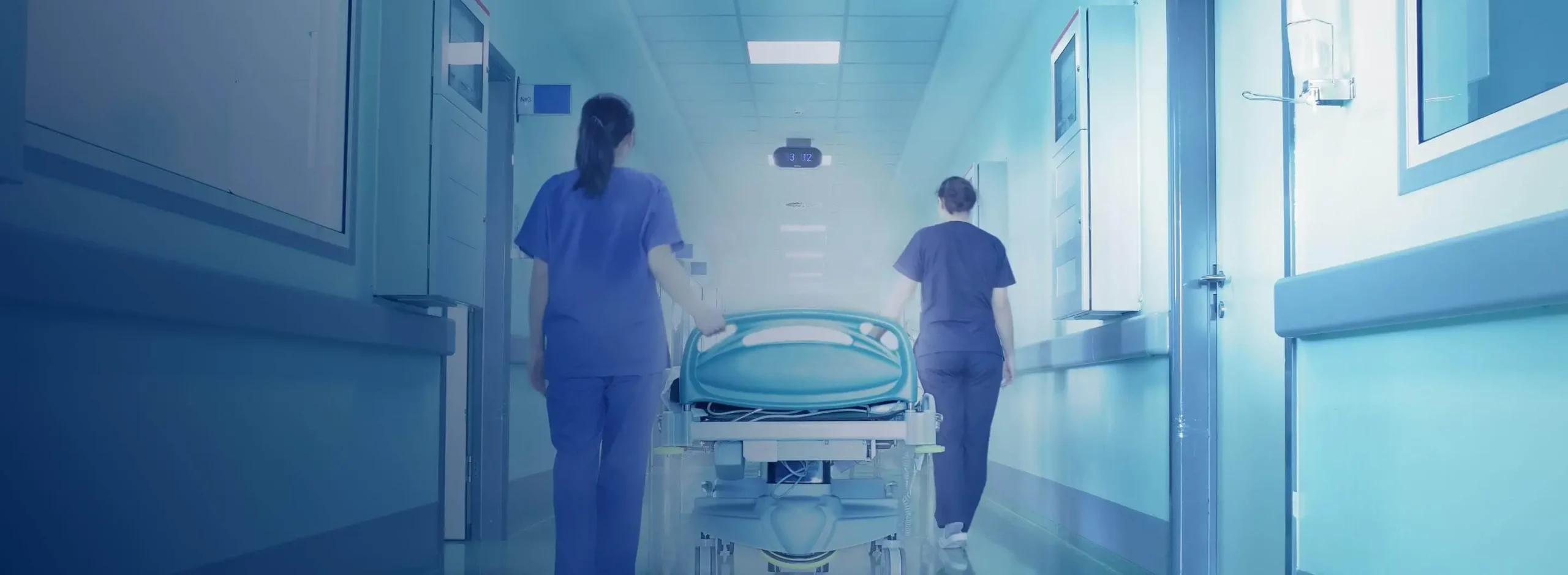
The work of our Clinical Negligence team is wide and varied, ranging from low value claims for insignificant but unacceptable delays in treatment, to catastrophic brain injury caused by inappropriate medical treatment.
The most common cases we encounter include delays in diagnosing cancer, failure to diagnose fractures, falls in hospital and pressure sores. This article aims to provide more information on the last of those issues.
Pressure sores (or pressure ulcers) are caused when a person remains stationary for too long. The weight of the body prevents normal blood flow to the area which bears the weight, causing the skin and surrounding tissue to be starved of the necessary oxygen, and other components within the blood, to maintain and regenerate the tissue cells.
Pressure sores generally occur on the back of the heels, on the buttocks and on the sacrum (the base of the spine). The heels are especially at risk because the blood flow to the feet is less than elsewhere, there is little tissue between the skin and the bone and, crucially, the area does not usually bear any weight so is poorly adapted to do so.
Pressure sores are graded from 1 to 4 depending upon their severity. Higher graded sores can easily become infected and take years to treat. If infection takes hold (which is not uncommon if they occur in a hospital environment) it can lead to blood poisoning and, all too often, the amputation of affected limbs.
Some people are more at risk of developing pressure sores than others. Factors increasing risk and vulnerability include:
The risk is multiplied many times for individuals with a combination of the above factors. Because such risk factors are more commonly found in older patients, it is often they who are at the greatest risk, although the problem does not exclusively occur in old age.
Pressure Sores are a well-known challenge and a problem for treating clinicians. Extensive research has been carried out and the general view is that their occurrence (at some grade) may be as high as 10% of all hospital admissions. The costs of treating the same are far in excess of the necessary expenditure to prevent them, not to mention the distress and pain caused to the patient.
The management of patients in hospital who are deemed to be at risk of developing pressure sores is primarily a nursing issue with accurate assessment (initially and ongoing) and appropriate treatment being key to their prevention. The Royal College of Nursing provides the following Quick Reference Guide which is in use in many hospitals throughout the country – please click on the linkl below.
http://www.rcn.org.uk/__data/assets/pdf_file/0003/78501/001252.pdf
Although primarily a nursing issue all treating clinicians need to be aware of the risks of pressure sores. A particular problem is that some patients who require surgery may be kept stationary on an operating table under general anaesthetic for substantial periods of time. Operating tables are not generally designed with pressure relieving methods in mind, and patients are already at increased risk whilst under anaesthetic as blood flow is already compromised.
A quote from such circumstances appears in the opening pages of the Royal College of Nursing “Pressure Ulcer risk assessment and prevention guidelines” handbook, referenced above:
“I had an operation on my gallbladder. I told the staff I was prone to getting pressure sores. They assured me I would not get any while in their care. Low and behold when I came around from the anaesthetic, they found a beauty…it is now six and a half years old”
That situation is all too common.
Generally with appropriate care pressure sores should never develop in a modern hospital, even in individuals with a multitude of risk factors.
If you or a friend or relative has developed pressure sores, particularly whilst in hospital, there is a strong possibility that you or they will be entitled to compensation for the same. Should that be the case we invite you to contact our experienced team for free advice, in confidence and without obligation.
Richard Stanford
If you require more general advice or information concerning pressure sores it can be found here: http://www.nhs.uk/Conditions/Pressure-ulcers/Pages/Introduction.aspx